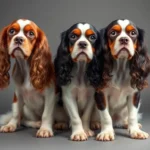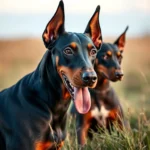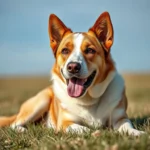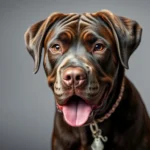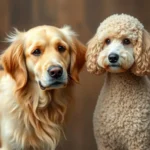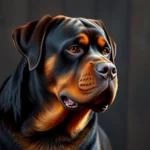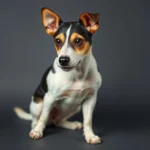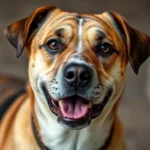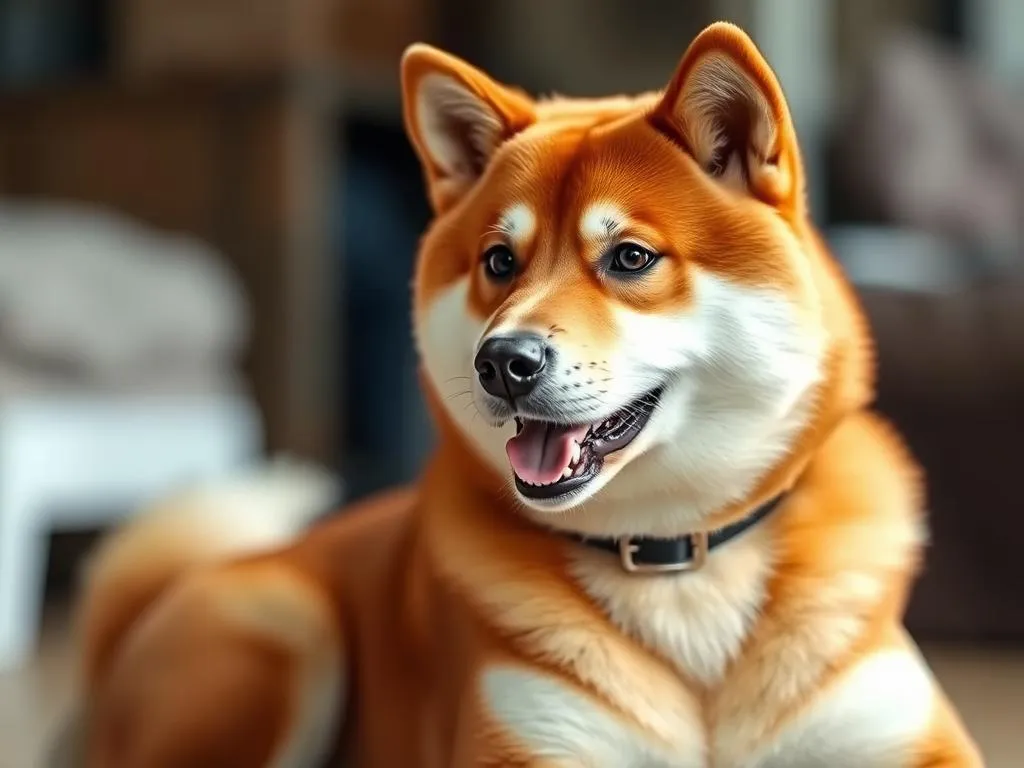
Introduction
Dog breeds exhibit a fascinating variety of characteristics, each with its unique traits and behaviors. Understanding these differences is essential for anyone considering bringing a dog into their home. One aspect that often raises questions among potential dog owners is aggression. Understanding aggression levels in dog breeds can help prospective owners make informed decisions about which breed suits their lifestyle and environment.
Among the diverse range of dog breeds, the Shiba Inu stands out for its spirited personality and distinct appearance. Originating from Japan, Shiba Inus have gained popularity worldwide, thanks in part to their fox-like looks and lively demeanor. This article aims to explore the question: how aggressive are Shiba Inus? By delving into their history, temperament, and behavior, we can gain a clearer understanding of this captivating breed.
Understanding Dog Aggression
What is Aggression in Dogs?
Aggression in dogs can be defined as behavior intended to assert dominance, protect territory, or respond to perceived threats. It can manifest in various ways, from barking and growling to more severe actions like biting. Recognizing different types of aggression is crucial for understanding dog behavior:
- Fear-based aggression: This occurs when a dog feels threatened and reacts defensively.
- Territorial aggression: Many dogs exhibit protective behavior over their homes or families.
- Possessive aggression: This type is seen when a dog feels its resources (like food or toys) are under threat.
- Predatory aggression: This instinctual behavior is related to hunting and can be seen in certain breeds more than others.
Factors Influencing Aggression
Several factors contribute to a dog’s aggression levels, including:
- Genetics and breed tendencies: Some breeds are predisposed to certain behaviors due to their history and purpose.
- Environment and socialization: A dog’s upbringing plays a vital role in shaping its behavior. An environment with limited exposure to new experiences can lead to fear and aggression.
- Past experiences and training: Dogs with traumatic histories may exhibit aggressive tendencies. Conversely, proper training can help mitigate these behaviors.
Overview of the Shiba Inu Breed
History and Origin
The Shiba Inu is one of Japan’s oldest and smallest native breeds, originally bred for hunting small game. Their agility and keen senses made them excellent hunters in the mountainous regions of Japan. The breed’s name translates to “brushwood dog,” a nod to the underbrush where they would hunt.
Physical Characteristics
Shiba Inus are compact dogs, typically standing between 13.5 to 16.5 inches tall and weighing between 17 to 23 pounds. They have a distinctive fox-like appearance, with a curled tail, erect ears, and a bold expression. Their coats are thick and double-layered, providing insulation against harsh weather, which is characteristic of breeds developed in colder climates.
Temperament and Behavior
Shiba Inus are known for their spirited and independent nature. They are often described as loyal, alert, and confident, making them excellent watchdogs. However, their strong-willed personality can sometimes lead to stubbornness, which may pose challenges during training. Compared to other breeds, Shiba Inus are less prone to aggressive behavior, but they do require proper socialization and training to ensure they develop into well-adjusted pets.
Aggression in Shiba Inus
General Aggression Levels
When considering how aggressive are Shiba Inus, it’s essential to note that they are generally not considered aggressive compared to many other breeds. However, like any dog, they can display aggressive behaviors under certain circumstances. Their independence and strong personalities can sometimes lead to misunderstandings, especially if they feel threatened or challenged.
Common Triggers for Aggression
Understanding potential triggers for aggression is crucial for Shiba Inu owners. Common triggers may include:
- Territorial behavior: Shiba Inus may exhibit protective instincts over their home and family, particularly when unfamiliar people or animals approach.
- Fear-based reactions: If a Shiba Inu feels scared or cornered, it may react with aggression to defend itself.
- Socialization with other pets and people: Lack of proper socialization can lead to fear and aggression towards unfamiliar dogs and humans.
Signs of Aggression in Shiba Inus
Recognizing the signs of aggression can help owners manage their dog’s behavior effectively. Indicators of aggression may include:
- Body language: A stiff body posture, raised hackles, and a direct stare can signal a dog is feeling threatened.
- Vocalizations: Growling, barking, or snapping are clear signs that a dog is uncomfortable or on edge.
- Posturing: Aggressive posturing, such as lunging or showing teeth, indicates that a dog may be ready to defend itself.
Socialization and Training
Importance of Early Socialization
Early socialization is vital for Shiba Inus to develop into well-adjusted adults. Exposing them to a variety of people, environments, and other animals during their critical development stages can help reduce the likelihood of aggressive behavior.
- Benefits of early socialization: Dogs that are well-socialized tend to be more confident and less fearful, which can mitigate aggression.
- Tips for socializing a Shiba Inu: Gradually introduce your Shiba Inu to different environments, people, and other pets. Positive experiences during these introductions will help reinforce good behavior.
Training Techniques
Effective training is essential in managing any potential aggression in Shiba Inus. Here are some strategies to consider:
- Positive reinforcement strategies: Rewarding good behavior with treats or praise is far more effective than punishment. This approach encourages Shiba Inus to repeat desired actions.
- Obedience training: Teaching basic commands can provide structure and help manage behavior, particularly in stressful situations.
- Addressing bad behavior: Consistent training and correction of aggressive tendencies are crucial. If a Shiba Inu displays aggressive behavior, redirecting their focus and reinforcing positive actions is key.
Expert Opinions and Studies
Veterinary Insights
Veterinarians often emphasize that how aggressive are Shiba Inus can largely depend on individual temperament, socialization, and training. They suggest that with proper upbringing, Shiba Inus can be friendly and sociable companions. Regular veterinary check-ups and consultations can also help monitor behavioral changes and address any health issues that may contribute to aggression.
Research and Studies
Recent studies have examined aggression levels in various dog breeds, including Shiba Inus. Research indicates that while Shiba Inus may display territorial and possessive behaviors, they are generally less aggressive than breeds specifically known for aggressive tendencies. Understanding these insights can help prospective owners gauge the suitability of the breed for their lifestyles.
Real-Life Experiences
Owner Testimonials
Many Shiba Inu owners report mixed experiences regarding aggression. Some describe their dogs as lovable companions, while others share challenges stemming from territorial or fear-based reactions. Here are a few common themes from owner testimonials:
- Socialization matters: Owners who prioritized socialization often reported more positive interactions with other pets and people.
- Training is essential: Those who invested time in training noted a significant reduction in aggressive behaviors.
Case Studies
Examining case studies of Shiba Inus can further illuminate the impact of socialization. One case involved a Shiba Inu that was well-socialized from a young age, leading to a friendly demeanor towards strangers and other dogs. In contrast, another Shiba Inu that was not socialized exhibited fearful and aggressive reactions in similar situations.
Conclusion
In summary, the question of how aggressive are Shiba Inus can be answered with a nuanced perspective. While they are generally not considered aggressive, individual behavior can vary significantly based on factors such as genetics, environment, and training. Shiba Inus can exhibit territorial and fear-based aggression if not properly socialized or trained.
For potential owners, understanding the importance of training and early socialization is crucial. By investing time and effort into these areas, you can help ensure your Shiba Inu develops into a well-adjusted and loving companion.
FAQs
Common Questions About Shiba Inu Aggression
-
Are Shiba Inus aggressive towards other dogs?
Shiba Inus may exhibit aggressive behavior towards other dogs if not properly socialized. Early exposure and positive experiences can help reduce this tendency. -
Can Shiba Inus be trained to manage aggression?
Yes, with consistent training and positive reinforcement, Shiba Inus can learn to manage and reduce aggressive behaviors. -
How can I tell if my Shiba Inu is feeling threatened?
Signs of threat may include stiff body posture, growling, snapping, and aggressive posturing. Recognizing these signs can help you intervene before aggression escalates.
By understanding the nuances of Shiba Inu behavior and aggression, owners can foster a harmonious relationship with this unique breed while ensuring a safe environment for all.

